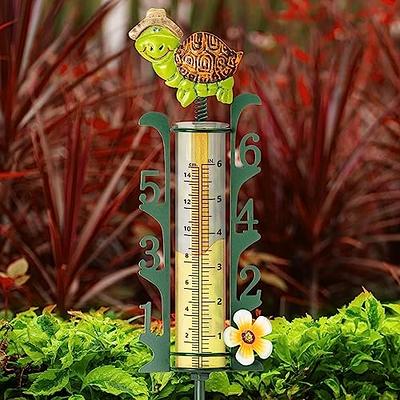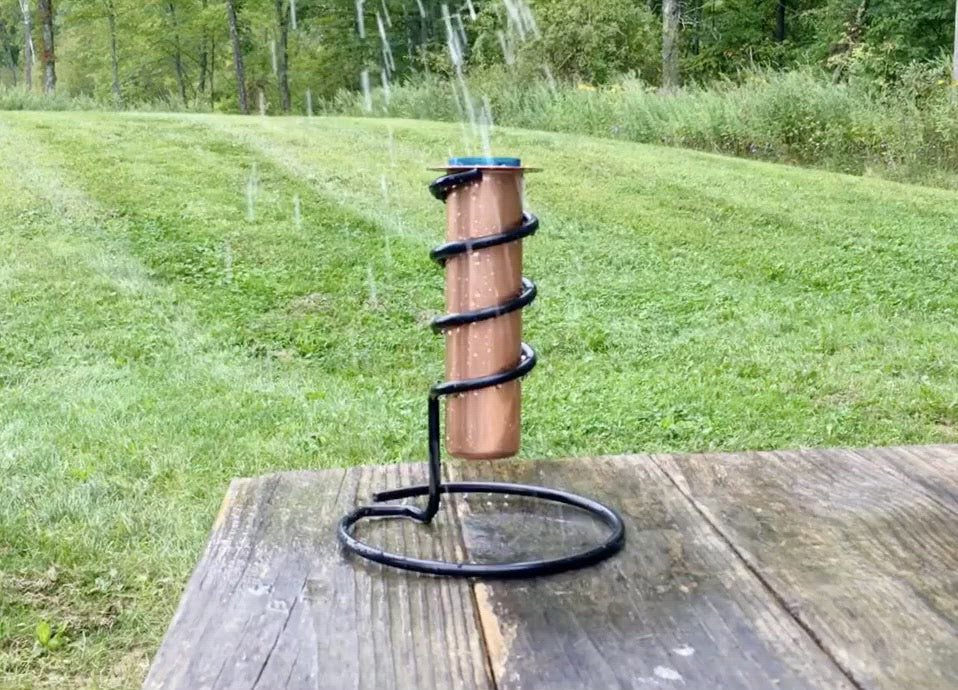The Rain Gauge: Enhancing Agricultural and Environmental Monitoring Efforts
The Rain Gauge: Enhancing Agricultural and Environmental Monitoring Efforts
Blog Article
Understanding Rainfall Scale Measurements: A Full Overview
Understanding Rain Scale Dimensions: A Complete Guide is a detailed source for any individual looking for a deeper understanding of rainfall gauge dimensions. Whether you are an expert in the field or merely have an interest about rainfall dimension, this guide will outfit you with the knowledge needed to successfully utilize rain scale dimensions.
The Importance of Rain Gauge Measurements
The value of rain scale measurements exists in their duty as a vital tool for precisely examining and checking rainfall levels - The Rain Gauge. Rainfall gauge measurements supply important information that assists hydrologists and meteorologists comprehend patterns and patterns in rains, which subsequently help in various fields such as farming, water resource monitoring, and environment study

Accurate rainfall measurements are necessary for agriculture as they aid in determining watering needs, crop growth, and yield predictions. Farmers rely on this information to make informed decisions regarding when to water their plants, preventing water wastage and making sure ideal crop health and wellness. In addition, rainfall information assists in analyzing the impact of droughts or excessive rainfall on crop production, enabling farmers to take ideal steps to decrease losses.
Water source management heavily relies upon rainfall scale measurements to figure out the quantity of water readily available in reservoirs, lakes, and rivers. Exact measurements make it possible for water supervisors to make informed decisions regarding water allowance and circulation, guaranteeing lasting use and stopping lacks. This information is especially critical in areas where water deficiency is a pressing concern.
Additionally, rainfall gauge measurements play an important duty in climate research. By precisely gauging rainfall over prolonged periods, scientists can examine long-term environment patterns and identify changes in precipitation patterns due to climate adjustment. This information helps scientists and policymakers develop approaches to adapt to and minimize the results of environment change.
Kinds Of Rainfall Gauges
There are various types of rain evaluates made use of to gauge rainfall accurately. Each kind has its very own advantages and constraints, making them ideal for various purposes and atmospheres.
The most usual type of rain gauge is the typical round gauge. It includes a cylindrical container with a vast funnel-shaped top to gather rainwater (The Rain Gauge). The water is then funneled right into a graduated measuring tube, enabling for specific measurement of the quantity of rainfall
An additional type is the considering rain gauge. Evaluating rainfall assesses are specifically valuable in areas with frozen precipitation or heavy rainfall, as they are not influenced by sprinkling or dissipation.
Tipping bucket rain evaluates use a device that tips a little pail each time it collects a specific quantity of rainwater. The number of suggestions is taped and utilized to calculate the rainfall. This kind of scale is typically used in automated weather stations because of its reduced upkeep demands and capability to give real-time information.
Finally, there are radar-based rainfall evaluates that use radar innovation to approximate rains. These determines measure the intensity of rainfall in a specific area by analyzing the reflected radar signals. They are specifically beneficial for measuring rainfall over huge areas or in remote areas.
Exactly How Rain Scale Measurements Work
Rainfall scale dimensions are based on the principle of collecting and measuring the quantity of precipitation. site web These tools are designed to capture rain and give a precise dimension of the rains in a specific location.
The most common kind of rain scale is the common cylindrical scale. It includes a round container with a large opening on top to gather rainwater. The collected water is then funneled right into a measuring tube, which is adjusted to supply the dimension in devices of size, normally inches or millimeters.
One more type of rainfall gauge is the tipping pail gauge. When they reach a specific weight threshold, it utilizes a seesaw-like mechanism with two buckets that tip. Each idea of the bucket stands for a specific volume of rains, permitting precise measurements.
Some advanced rain gauges are outfitted with digital sensors that automatically document and transmit information. These sensors use various modern technologies such as ultrasound or laser to determine the quantity of rains properly.
Factors Impacting Rain Gauge Accuracy
Aspects that can influence the accuracy of rain scale measurements include numerous ecological and operational variables. Environmental factors such as wind, temperature level, and climatic pressure can dramatically affect the accuracy of rainfall scale measurements. Strong winds can create the rainfall gauge to move or turn, causing imprecise analyses. In a similar way, extreme temperature levels can cause dissipation or freezing of the accumulated rain, leading to altered measurements. Changes in air pressure can additionally impact the accuracy of rain scale dimensions, as they can change the rate at which rains is collected.
Functional variables, on the other hand, describe elements associated with the layout, installment, and upkeep of the rain scale. The placement of the rainfall scale in a location with blocked air movement or near trees or buildings can cause incorrect analyses because of clog or splattering of rains. Improper calibration or irregular maintenance of the rain gauge can additionally affect its accuracy.
To guarantee the precision of rain scale measurements, it is vital to think about these variables and take proper actions. This might entail picking an ideal place for the rain scale, making certain you can try this out appropriate installation and maintenance, and on a regular basis calibrating the tool. By dealing with these variables, dependable and exact rains dimensions can be acquired, which are essential for different applications such as weather forecasting, hydrological research studies, and farming.
Tips for Accurately Measuring Rainfall
To make sure precise rainfall dimensions, it is essential to implement particular strategies and strategies when making use of a rainfall scale. Right here are some tips for precisely determining rainfall:
Correct Placement: Position the rain gauge in an open location, far from trees, structures, and various other blockages that may interfere with the rainfall collection. It must be placed on a level surface to avoid water merging or drainage.

Read the Scale Correctly: When taking dimensions, reviewed the water degree at eye degree from the bottom of the curve. Avoid parallax errors by aligning your sight straight with the water level.
Constant Time Period: Set a constant time interval for measuring rains, such as every 1 day or after each rainfall event. This makes sure precise tracking and comparison of rainfall data.
Document Measurements Immediately: Record rainfall dimensions asap after collection to stop dissipation or spillage. Utilize a rain gauge with a built-in data logging attribute for automated recording.
Final Thought
In verdict, recognizing rain gauge dimensions is vital for properly gauging rainfall. It is crucial to think about elements that can influence the precision of rain gauge dimensions, such as wind, positioning, and evaporation.
Recognizing Rainfall Gauge Measurements: A Total Overview is a detailed source for any person looking for a sites much deeper understanding of rainfall gauge measurements. Whether you are an expert in the field or merely have an inquisitiveness concerning rains measurement, this overview will equip you with the expertise required to effectively make use of rainfall scale measurements.
The most typical kind of rainfall gauge is the conventional round scale.The most common kind of rainfall gauge is the common round scale.An additional type of rainfall scale is the tipping pail gauge.
Report this page